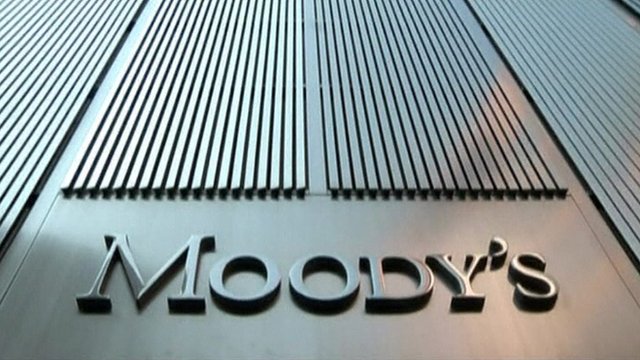
By Manas Chakaravarty
The fault presumably lies not in our stars, but in India’s high fiscal deficits and debt levels, which have held back the rating upgrades
It has taken India 26 years to get a credit rating higher than Baa3 from Moody’s.
On 26 March 1991, two months before India had to pledge its gold to avoid default on external payments, Moody’s downgraded India’s rating to Baa3.
Before that, it was Baa1, better than what it is now.
Twenty six long years after the big bang liberalization of 1991, years of high growth in which the economy was radically transformed, years in which foreign investors poured billions of dollars into the country, India has still not been able to claw its way back to the credit rating it had before economic liberalization.
The fault presumably lies not in our stars, but in India’s high fiscal deficits and debt levels, which have held back the upgrades.
India’s high deficits in the late eighties, which directly led to the balance of payments crisis, were apparently not a problem, since India’s rating was a splendid A2 before October 1990.
But all that is ancient history; let’s get back to the recent upgrade.
Moody’s press release says explicitly a high level of public indebtedness is India’s “principal credit weakness”.
Our government debt was 68% of gross domestic product (GDP) in 2016, an unconscionably high level in Moody’s eyes.
At a rating of Baa2, India is now at par with Italy, with a government debt of 132.6% of GDP, and Spain, with 99.4%.
What’s more, the proportion of government debt held by non-residents in these countries is much higher than India’s. Finance minister Arun Jaitley is being mild when he says the upgrade was long overdue.
“Why now?” is a legitimate question, since doubts have been raised about the government’s ability to stick to its deficit target this year, with lower growth forecast and with oil prices rising.
A Reuters report last year indicated that Moody’s refusal to upgrade India last year, despite extensive government lobbying, was because of the fragility of the banking system.
The decision to recapitalize the banks may, therefore, have something to do with the timing of the upgrade.
According to World Bank indicators, India’s ratio of bad loans to bank advances was 9.2% in 2016. Incidentally, Italy’s was 17.1%.
Perhaps the implementation of the goods and services tax (GST), which is expected to increase the tax to GDP ratio, helped? Moody’s press release says, “The debt burden will likely remain broadly stable in the next few years, before falling gradually as nominal GDP growth continues and revenue-broadening and expenditure efficiency-enhancing measures take effect.”
It also says that recapitalizing weak banks will add 0.8% to the debt/GDP ratio over two years.
What this means is that Moody’s is willing to look beyond the uncertain immediate future to the shinier one promised by the ongoing reform programme.
It’s very similar to what stockbrokers say when they tell us that although corporate earnings growth may be tepid in the short-term, the long-term India story is intact.
Among the reforms Moody’s mentions are GST, demonetisation, the inflation-targeting monetary policy framework, the Bankruptcy Act, bank recapitalization, Aadhaar and the Direct Benefits Transfer system.
The controversial item here is demonetisation, although Aadhaar could come close.
Moody’s believes demonetisation has strengthened institutions by being a part of the government’s efforts to “reduce corruption, formalize economic activity and improve tax collection”.
Be that as it may, there is little doubt that the upgrade is a vote of confidence for the Modi government’s economic policies, based on the expectation that the reforms so far implemented “will advance the government’s objective of improving the business climate, enhancing productivity, stimulating foreign and domestic investment, and ultimately fostering strong and sustainable growth”.
It is a bet that the reforms will work.
Let’s keep our fingers crossed, though.
In November 2015, Moody’s changed its outlook on Indian banks to stable from negative because of what it said was “the gradual improvement in the operating environment for Indian banks”.
We all know how that turned out.
Source: Livemint

Leave a Reply